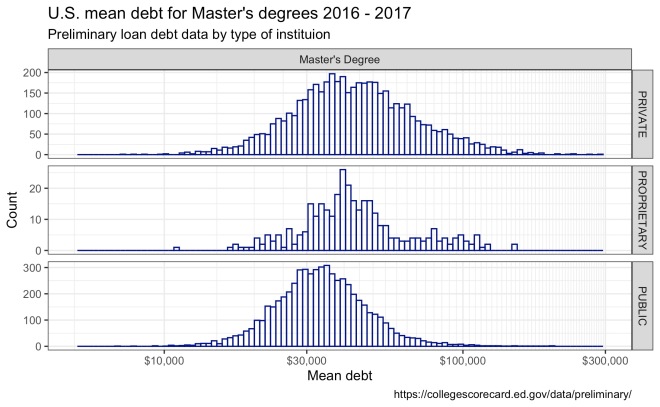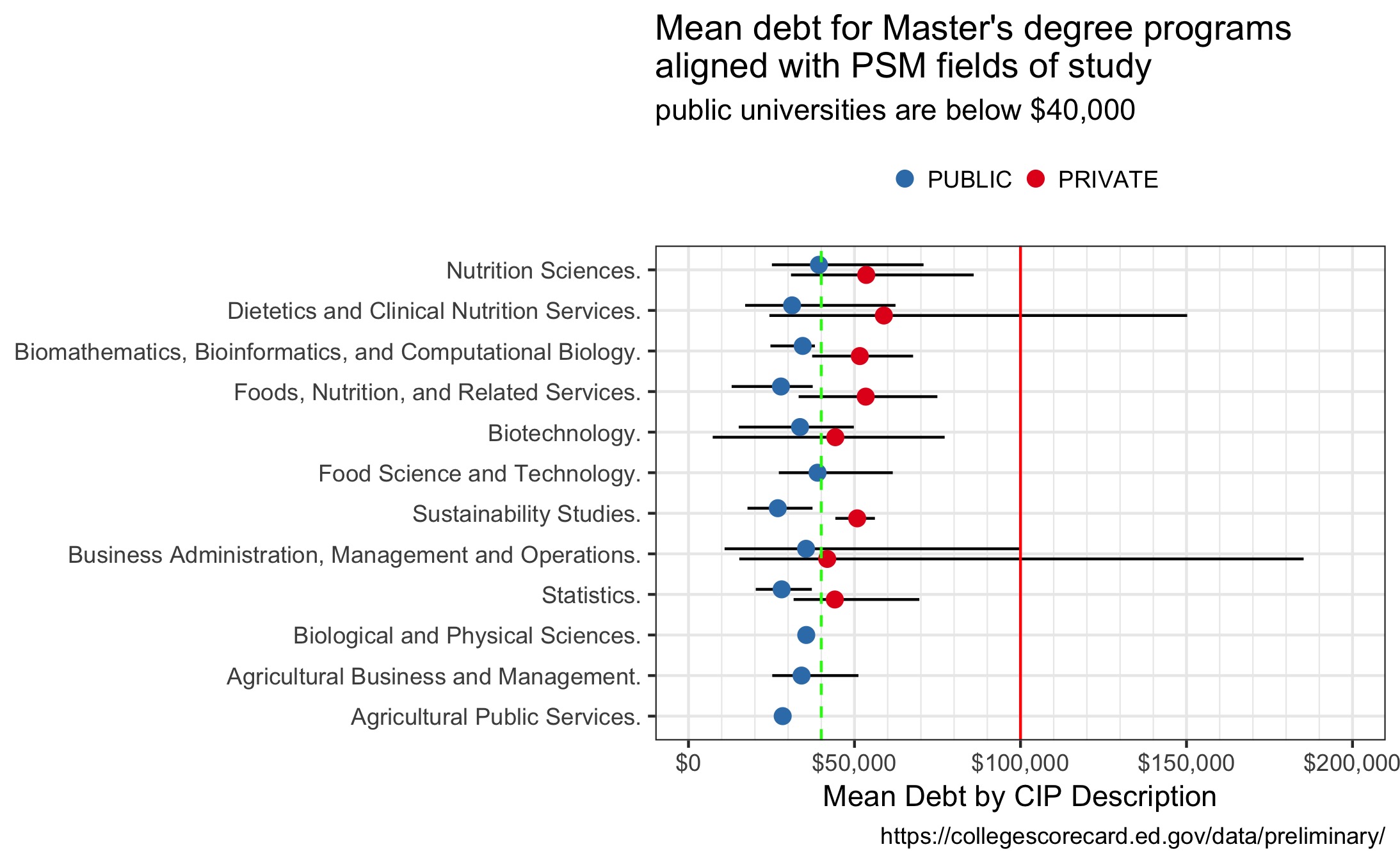It’s all about understanding their process.
A little over five years ago, I took a university administrator (staff) position after 15 years working at public and private companies. This change was somewhat of a homecoming as I had left a faculty position before moving into my industry work, but that is another story.
My goal here is to help guide folks on how to be successful in graduate school.
First, I recognize there are significant differences between STEM fields and non-STEM fields—I come from the former. STEM fields include engineering, life sciences, physical sciences, and mathematics; non-STEM areas include social sciences and the humanities. A Council of Graduate Schools presentation from 2007 showed Ph.D. completion rates for STEM fields between 48% and 57% after seven years, with graduate students completing non-STEM degrees at 29% for Humanities and 41% for Social Sciences. At the 10-year mark, approximately 64% of engineering and life sciences graduate students completed the Ph.D.; social sciences and physical sciences topped out at 55%; the humanities failed to break 50%—showing only a 49% Ph.D. completion rate after ten years. (https://nanopdf.com/download/phd-completion-project-nsf-agep_pdf#)
A summary of the STEM master’s completion rates after four years was 66%. (https://cgsnet.org/masters-completion-project)
This article isn’t a research paper, so I didn’t dig further, but I would wager these numbers haven’t improved.
How do you make sure you’re in the group that makes it?
Do the math.
If you’re applying for a Ph.D. program, you should expect a stipend and a tuition waiver, and you should look at this as a full-time job. For first-year graduate students in STEM fields, the department will likely tie compensation to being a teaching assistant (TA). In other words, you’re working for the money. Ideally, your faculty sponsor will be able to fund your work after the first year with a continued tuition waiver. Even if you’re getting paid and receive a tuition waiver, there is still the lost opportunity cost of what you could be earning by starting your career. That lost opportunity cost only gets more significant as the time to degree grows. Few people get rich after earning a Ph.D., and fewer doctoral graduates are finding tenure-line positions that offer lifetime job security. So do the math and figure out if the financial commitments and personal rewards are balanced.
If you’re applying to a master’s or professional program (e.g., health, MBA, professional science master’s), you will most likely be paying tuition—just like an undergraduate program. Unfortunately, unlike undergraduate studies, there are fewer opportunities for financial aid. One bright spot is that some employers have tuition reimbursement programs as part of their often underused benefits. I recognize that this assumes you are working in a closely related field, but this is an option to consider if the stars align in your favor.
Does it ever make sense to pay for a master’s or professional degree? If the total debt is manageable and the salary increases authentic, there should be a reasonable return on investment, but you have to do the math.
Before you apply, find out if you need a faculty sponsor (Ph.D. programs).
I’ll admit, this is not a requirement I’m familiar with as it’s not common in my field; however, I understand it is becoming more prevalent for smaller STEM programs and non-STEM areas. It’s frustrating to have a stellar GPA, excellent GRE scores, and solid letters of recommendation only to find out you weren’t accepted into a program because you didn’t nail down a sponsor during the application process. If the program you’re interested in doesn’t clearly state this requirement on their website, send an email to the program advisor and ask the question.
Before you commit to a program, find out what their graduates are doing.
If you’re starting down the Ph.D. path, you probably have visions of being a professor. Unfortunately, the number of tenure-line faculty positions has collapsed as colleges and universities have decided to follow the cost-saving practice of hiring non-tenure line (aka, adjunct) faculty. Perhaps you’re doing better work than graduates from the nation’s top research institutions, but don’t ignore the inherent bias towards prestigious universities built into the system. Understanding what graduates do after completing their degree is a reasonable way to gauge your possible paths after graduation. Tracking graduate outcomes is hard, and most departments are just learning how to do this, so you might want to do this on your own. Successful faculty mentors will often advertise where their alumni go; however, some diligent work using LinkedIn might provide enough insights to guide your decision.
Choose your advisor carefully.
If you’re looking at a traditional, research-based graduate program, you will spend most of that time working with a single faculty advisor. Yes, you may be required to rotate through several groups during your first year or “interview” multiple faculty as potential advisors, but this can be a ceremonial dance for many. Regardless, at the end of the courtship, it will come down to choosing one person to be your boss for the next four-plus years. If everything goes great, they will be a mentor and eventually a colleague, but at the beginning, they’re your boss. If you can’t identify who you’ll work for before starting a program, you should determine several faculty with whom you’d be willing to work—make sure you have options.
Focus on the process.
Each program should document the expected milestones for its program. Are placement exams required? How many courses do you need to complete, and by when? How are qualifying exams managed? When will you choose an advisor (if you weren’t required to do so before starting the program)? When will you form an advisory committee and present your dissertation proposal? What resources are available to students. And finally, when do you get to defend your work and graduate?
Be wary if a program hasn’t documented its process.
When you start your research, begin with the end in mind.
(With apologies to the late Steven Covey)
When I started graduate school and joined a research group, several members were finishing—each was kind enough to give me a “comb” bound copy of their thesis. I didn’t realize this at the time, but this gave me a clear vision of what I needed to do to graduate.
Go to the library (or open up a web browser) and download several recent dissertations from previous students in your group or department. Don’t look at how long it took the authors to complete the work—ask yourself, “can I complete a similar project in under five years?” Better yet, ask the question, “what do I need to complete a similar project in under five years?”
Don’t rely on luck.
I lucked into a good graduate experience; unfortunately, I’ve known people who struggled. Many don’t have a mentor with whom they can work as they contemplate graduate school, so I hope the thoughts above are helpful.

